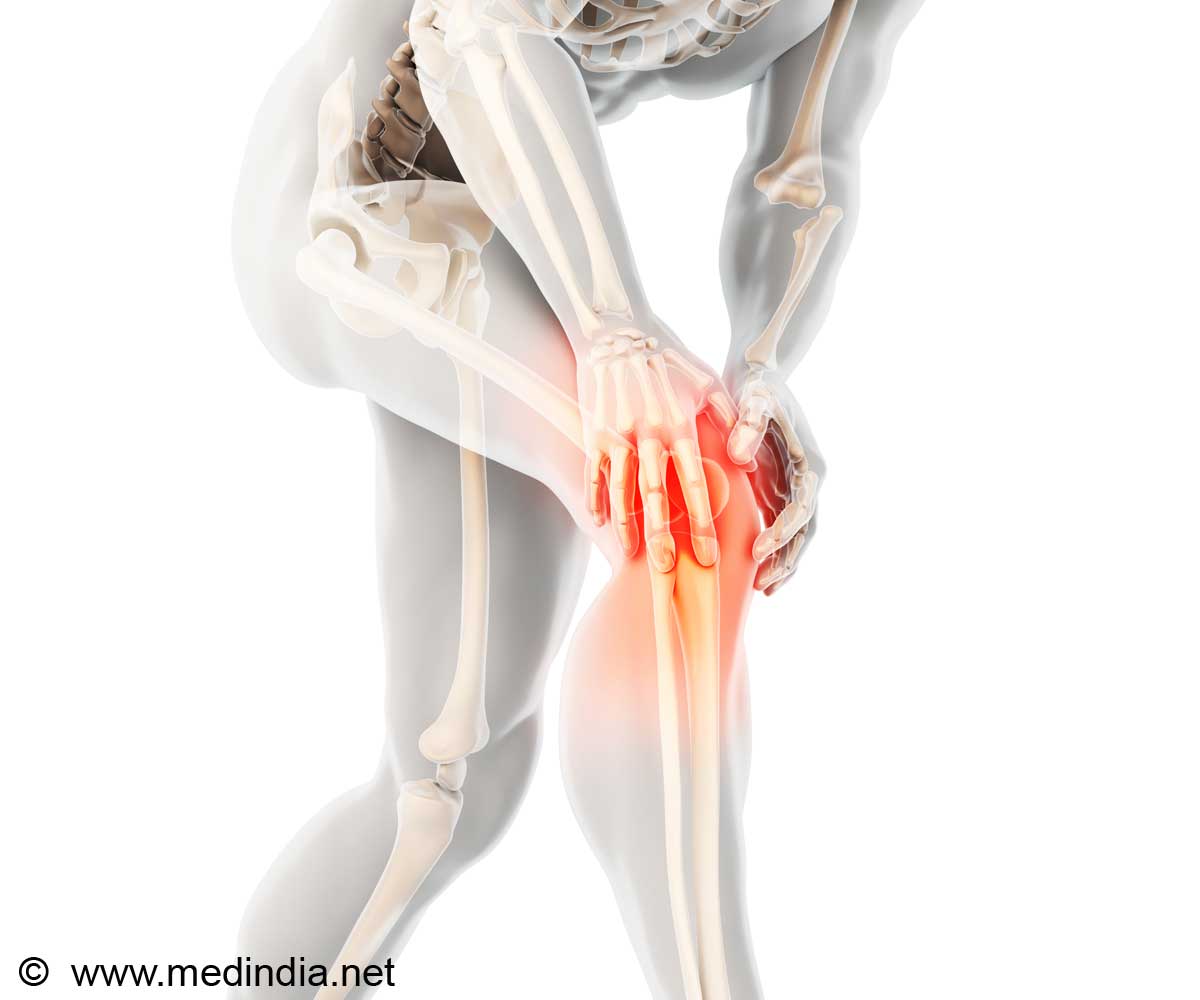Applying topical non-steroidal anti-inflammatory drugs (NSAIDs) - in the form of creams, gels and patches can provide relief from the pain associated osteoarthritis of the knees or hands.

A team of reviewers evaluated 34 studies involving 7,688 adults with chronic musculoskeletal pain for a period of at least 3 months. Participants were organized into groups using either a topical NSAID applied at least once daily, such as diclofenac, ketoprofen, indomethacin, and ibuprofen; a placebo; or an oral NSAID.
The reviewers found the topical NSAID diclofenac was as effective as oral NSAIDs for arthritis in the knee or hand and it gave more participants good pain relief compared to the placebo in studies lasting 8-12 weeks.
In four studies, for example, diclofenac gave 60 percent of participants' pain relief over 8-12 weeks compared to 50 percent of those in the placebo group.
Lead reviewer Sheena Derry, Ph.D., of the Pain Research and Nuffield Department of Clinical Neurosciences at the University of Oxford in the U.K., explained, however, that the use of topical formulations is limited to conditions where the pain is "near to the surface."
"The benefit of topical over oral NSAIDs is that with topical, the drug stays close to the site of application, so levels in blood and more remote tissues remain very low. This means you don't get the gastrointestinal problems that are associated and cause so many problems with oral NSAIDs," said Derry.
Advertisement
"I think one thing to remember is that for topical medications to work, [the pain] has to be fairly localized. It would be tough to use these NSAIDs for fibromyalgia where the pain is all over the body, or back pain, where the pain is typically in the deeper structures," said Chou.
"I also think that many patients and clinicians simply perceive topical NSAIDS to be weaker than pills. But as we learn more about their effectiveness and perhaps as the cost comes down, people will use them more," Chou added.
Source-ANI














